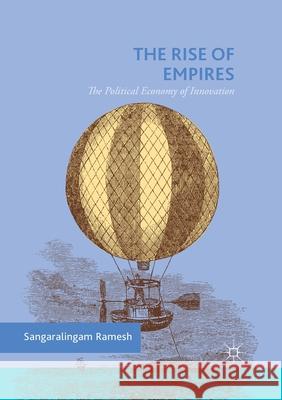The Rise of Empires: The Political Economy of Innovation » książka
topmenu
The Rise of Empires: The Political Economy of Innovation
ISBN-13: 9783030404048 / Angielski / Miękka / 2020 / 328 str.
The Rise of Empires: The Political Economy of Innovation
ISBN-13: 9783030404048 / Angielski / Miękka / 2020 / 328 str.
cena 483,04
(netto: 460,04 VAT: 5%)
Najniższa cena z 30 dni: 462,63
(netto: 460,04 VAT: 5%)
Najniższa cena z 30 dni: 462,63
Termin realizacji zamówienia:
ok. 22 dni roboczych.
ok. 22 dni roboczych.
Darmowa dostawa!
Kategorie:
Kategorie BISAC:
Wydawca:
Palgrave MacMillan
Język:
Angielski
ISBN-13:
9783030404048
Rok wydania:
2020
Wydanie:
2018
Ilość stron:
328
Waga:
0.41 kg
Wymiary:
21.01 x 14.81 x 1.83
Oprawa:
Miękka
Wolumenów:
01
Dodatkowe informacje:
Wydanie ilustrowane











